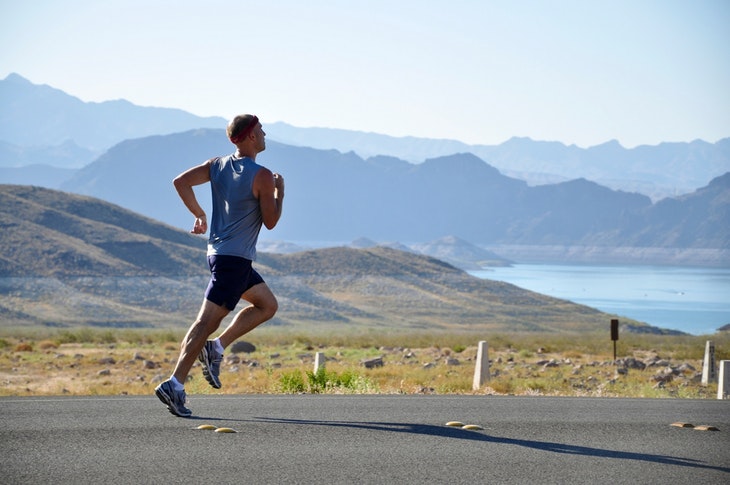
Aside from toning muscles and keeping your cardiovascular health in check, exercise can work wonders for a sluggish digestive system.
In fact, inactivity is one of the key risk factors for constipation.
Essentially, exercise causes food to move more quickly through the large intestine, and limits the amount of water absorbed from the stool into the body. The more diluted the stool is, the easier it is to pass from the body.
Nowadays, with fitness studios and gyms popping up with a billion exercise options, it can be a bit overwhelming to choose which activity you’re going to spend your time (and potentially money) on.
If you’re one of the 63 million Americans who may not have regular daily bowel movements, you may benefit from incorporating one of the three activities below into your weekly routine.
Yoga
As a practice that has been around for thousands of years, the benefits of yoga are numerous–including increased relaxation, flexibility, energy, and vitality.
Certain yoga postures be helpful when it comes to encouraging good digestive function. For example…
● Mayurasana: In this pose, you balance the weight of your torso on your arms, which puts pressure on the digestive organs and temporarily cuts off blood supply to the digestive organs.
No need to worry though–upon release of the pose, fresh oxygen-rich blood will flow to the digestive organs and improve their function. This compression-like force will also assist in moving anything through your system that may be stuck.
● Pavanamuktasana: If you experience issues with passing gas, this pose can be helpful. While lying on your back, you draw your knee up toward your chest and hug it inward using your arm.
Go slow and remember to breathe with intention: exhaling as you draw your knee into your chest, and inhaling as you allow it to flow away.
● Savasana: Otherwise known as corpse pose, in savasana you lay flat on your back with your palms facing upward and eyes closed, in a state of total relaxation. It may not seem like you’re doing much in this pose, but while at rest, your parasympathetic nervous system gets activated.
As you let go of things that are causing you stress, your blood flow toward your digestive organs increases. Your heart rate will also slow, and your breathing will deepen–which increases oxygenation to the digestive organs.
Aerobics
Aerobic exercise, also known as “cardio” is any physical activity that requires pumping of oxygenated blood by the heart to deliver oxygen to working muscles.
Dancing, running, swimming, or biking elevate your heart and breathing rate, which, in turn, helps to stimulate the natural contraction of intestinal muscles.
This contraction helps move stools out of the body faster, preventing instances of pesky constipation.
Pilates
Similar to yoga, Pilates places a focus on the mind/body connection.
Oftentimes, we develop digestive issues because we simply aren’t breathing as deeply as we should be.
Pilates corrects this tendency by strengthening the diaphragm muscles and training people to breathe in the lower half of the body.
While exhaling, the abdominals are drawn in and upwards, massaging the internal organs and stimulating digestion.
Be mindful that exercise can also hinder digestion if it isn’t done in the right way.
Overexertion places a certain amount of stress on the body–and stress is not something you want in the body if you want to avoid issues like constipation, bloating, and nausea.
Therefore, make sure your exercise routine throughout the week is balanced and doesn’t push you beyond your limits.
Curious to know other health benefits of yoga? Check out my list of ten benefits it provides here.




